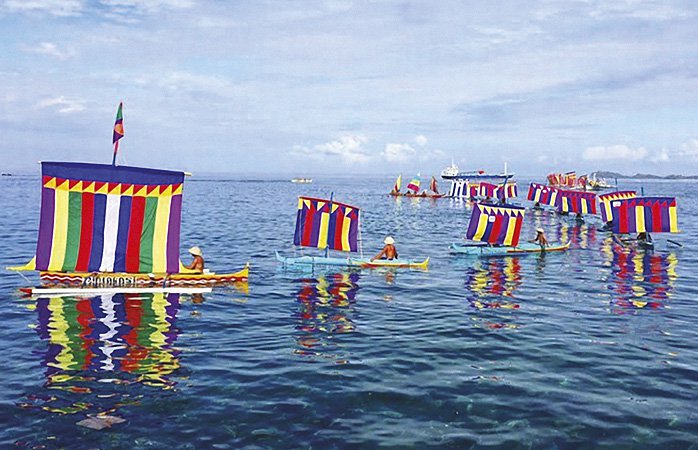
Before the resorts and road trippers, before Samal became the Island Garden City, it was home to native groups whose rich culture shaped the island’s identity.
Continue reading History of Samal’s Native People and Their Culture
Before the resorts and road trippers, before Samal became the Island Garden City, it was home to native groups whose rich culture shaped the island’s identity.
Continue reading History of Samal’s Native People and Their Culture